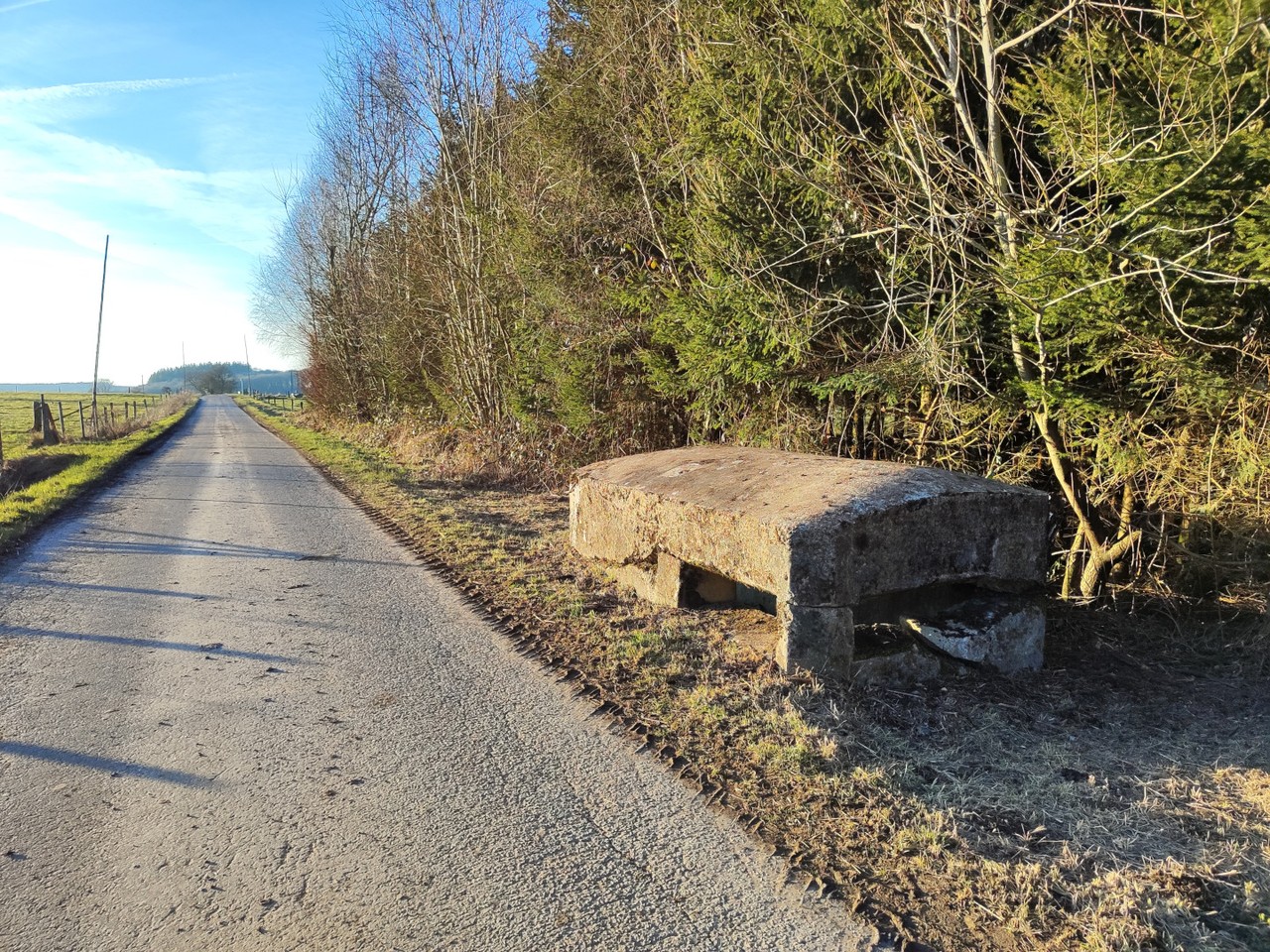The Rochen radar station was constructed as a functional German army camp and could accommodate around 200 people. On-site, there were barracks for soldiers, pavilions for officers, offices, and stores. All the necessary infrastructure for daily life was also present: kitchen, dining hall, infirmary, chapel, vegetable garden, stables, power station, and more. Outside, two reinforced concrete bunker blockhouses enabled sentinels to control the camp's entrances. An observation tower and an anti-aircraft defense system ensured security.
Throughout the network of anti-aircraft defense stations, the movement of Allied planes was monitored. The station's equipment included a Freya detection radar and two Würzburg-Riese tracking radars. At night, the Freya would detect Allied planes, whose movements were then tracked by one of the Würzburg-Riese radars. The information was relayed to the station, housed in the central barrack called T. Hütte. This barrack contained the map room, the telephone center, and communicated with the Florennes air base, from where German fighters would take off. Once the German fighter acquired the plane's position, a battery of searchlights illuminated the Allied plane to facilitate its destruction. With the improvement of radar technology, the searchlights later became unnecessary.
Thanks to the resistance, the composition and dimensions of the Rochen station were identified, enabling its bombing by the Allied aviation. Observations of the infrastructure were made through informal conversations with soldiers, discreet photographs, rare risky infiltrations by intelligence agents into the camp, summons of civilians within the compound, and farmers crossing the camp for agricultural work.
After the bombing, the remaining equipment in the camp was looted. The site was subsequently classified as war booty by the State before being sold for the acquisition of buildings in 1945. Today, only a few remnants of the camp's entrance bunkers and the bases of the radar dishes are still visible from the country road. Starting from the church in Gênes, an educational trail with information panels guides visitors through the village's history and provides further details about the site.
